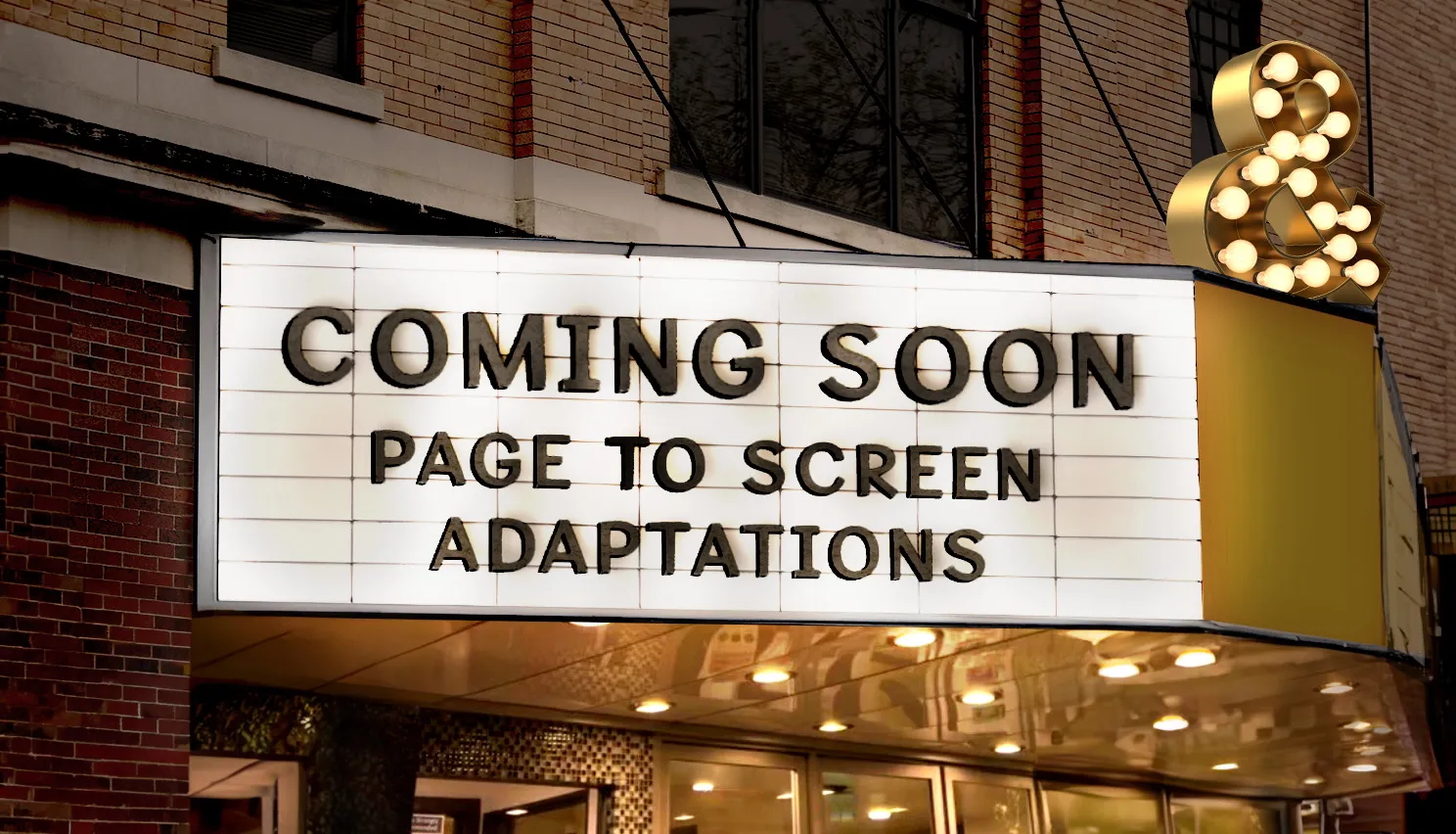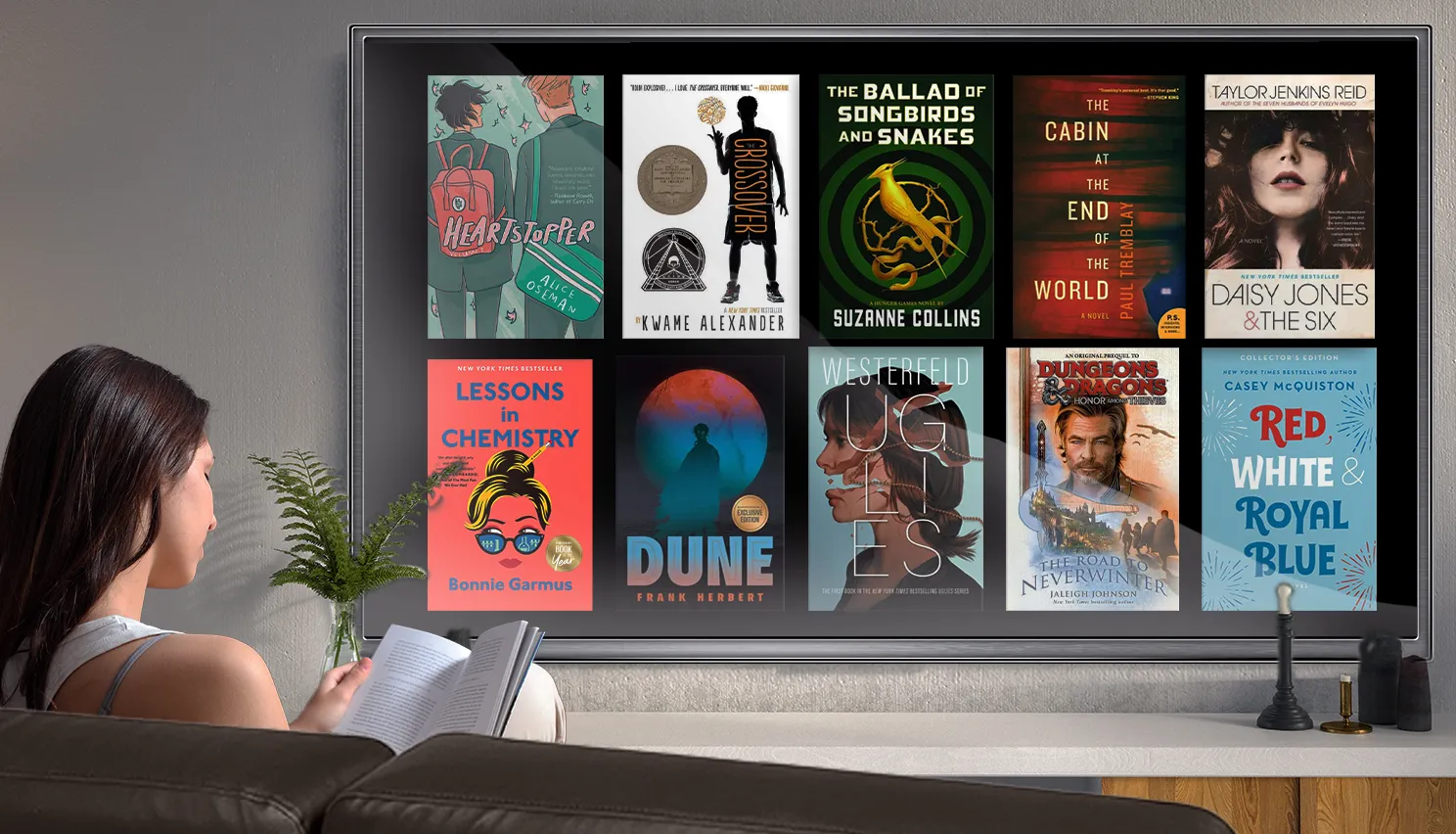From Page to Screen: The Challenges of Adapting Books into Movies
Adapting a beloved book into a movie is no easy feat. For every successful film adaptation, there are several that miss the mark. The challenge lies in translating a story from the written word to visual storytelling while maintaining the essence of the original material. Whether it’s a classic novel, a young adult bestseller, or a gripping thriller, the process of turning a book into a film involves unique hurdles that directors, screenwriters, and producers must navigate. Let’s explore the challenges of adapting books into movies and how filmmakers tackle these obstacles.

Condensing the Story: The Need for Brevity
Cutting Down Pages to Minutes
One of the most significant challenges when adapting a book into a movie is the need to condense a much longer narrative into a manageable runtime. Novels can span hundreds of pages, with intricate subplots, character development, and rich details. A movie, on the other hand, typically lasts around two hours, meaning a lot of content must be shortened, altered, or even omitted altogether.
- Character Development: In books, authors have the luxury of providing deep character backstories and internal thoughts. In movies, filmmakers must rely on visual cues, dialogue, and performances to convey similar depth, which can lead to the simplification or loss of complex character arcs.
- Plot Compression: Subplots that are integral to a book's narrative might get cut to make room for the main storyline. The pacing of the movie can feel rushed or disjointed when this happens, potentially disappointing fans who loved the richness of the original material.
Staying True to the Source Material: Faithfulness vs. Creativity
Balancing Originality with Fan Expectations
Another challenge is staying faithful to the book while also making necessary adjustments for the cinematic medium. Fans of the book often have strong emotional attachments to the characters and the plot. Therefore, filmmakers must carefully balance respect for the source material with the creative freedom required to make the story visually compelling.
- Fan Expectations: Some fans want an exact reproduction of the book on screen, while others are open to changes that enhance the visual experience. For example, changes in character appearance, dialogue, or even plot twists can sometimes upset loyal readers, but might be necessary to make the movie more engaging for a wider audience.
- Necessary Changes: Certain elements of a book may not translate well to the screen. For instance, a novel that relies heavily on first-person narration can be difficult to adapt without sacrificing the character's voice. In such cases, filmmakers may have to invent new ways of conveying internal thoughts or shift the narrative focus to the visual elements of the story.
Visualizing Imagination: Bringing Descriptions to Life
Turning Words into Imagery
Books allow readers to use their imaginations, creating visuals in their minds based on the author’s descriptions. When adapting a book into a movie, directors and designers must translate these imagined visuals into something concrete on the screen.
- Artistic Interpretation: While this offers creative opportunities, it also comes with risks. For example, in The Lord of the Rings, the character Gollum was brought to life through groundbreaking CGI, which became iconic. However, such interpretations can divide audiences, especially if they don’t match readers' expectations of how a character or setting should look.
- Symbolism and Themes: Books often contain subtle symbolism or themes that are woven into the prose, but these elements may not always be obvious in a visual medium. Filmmakers must find ways to visually represent these deeper meanings, often through lighting, color, or camera angles, ensuring the core message of the book remains intact.
Casting: Finding the Right Actors for Iconic Characters
The Importance of Character Representation
Casting is one of the most crucial elements of any adaptation, as the right actors must embody beloved characters in a way that satisfies both fans and newcomers. The success of a film often depends on whether the actors can convincingly portray the book’s characters.
- Fan Expectations: When it comes to adaptations of widely adored books, fans often have very specific visions of the characters, sometimes based on their own interpretation of the novel. For example, fans of Harry Potter had strong opinions on the casting of Harry, Hermione, and Ron. Finding the right fit for these characters can lead to success, while miscasting can result in backlash.
- Character Integrity: It's not just about physical resemblance; the essence of the character must also be captured. For example, the character of Katniss Everdeen in The Hunger Games needed to convey both physical toughness and emotional vulnerability. A successful performance is one that remains true to the spirit of the character while fitting into the cinematic world.
The Pace of the Story: Maintaining Momentum
Keeping the Audience Engaged
Books can take their time to develop plotlines, delve into backstories, and explore characters’ emotions at length. In movies, pacing is essential to keep the audience engaged and ensure the story flows smoothly. Striking the right balance between action and emotion is key.
- Slower Pacing in Books: A slow-burn narrative in a book can allow readers to develop a deep emotional connection with the characters. In film, however, slow pacing can lead to boredom, so scenes may need to be trimmed or altered to maintain interest.
- Action vs. Dialogue: Some books, especially those in genres like romance or drama, rely heavily on dialogue. While this can be captivating on the page, it may not always work as well on screen. Directors may need to balance dialogue-heavy scenes with action or visual storytelling to keep the movie dynamic.
World-Building: Creating an Immersive Setting
The Challenge of Bringing Complex Worlds to Life
Many books, especially in the fantasy or science fiction genres, feature highly detailed and imaginative worlds. The challenge for filmmakers is to create these settings visually while making them believable and immersive for the audience.
- Detailed World-Building: In Game of Thrones, for instance, the settings of Westeros and Essos are rich with history, geography, and culture. Translating this into a visual format required extensive set design, CGI, and costume work to bring the world to life. This level of world-building is crucial in making the story feel authentic.
- Filling in the Gaps: Unlike books, which can offer extensive descriptions of places and cultures, films have to create visual representations quickly. Some aspects of the world may need to be inferred through visuals, and directors often have to decide which details to focus on and which to leave out.

The Impact of Adaptation on the Original Work
Staying True to the Spirit of the Story
While the changes made in an adaptation are necessary to translate a book into a movie, they can sometimes alter the essence of the story. This is one of the reasons some fans are disappointed with adaptations: they feel that the movie doesn’t capture the same magic that made the book special.
- The Adaptation Dilemma: Some filmmakers opt for a more faithful approach, attempting to replicate the book as closely as possible. Others take creative liberties, adapting the story to fit the demands of the medium. Both approaches have their advantages and drawbacks, and the best adaptations find a balance between staying true to the source material and offering a fresh, cinematic experience.
Conclusion: The Art of Adapting Books to Film
Adapting a book into a movie is an art that requires careful attention to detail, a deep understanding of the source material, and the ability to make necessary changes while maintaining the integrity of the original story. It’s a delicate balancing act between honoring the book and creating a compelling, visual experience for a broader audience. While not all adaptations succeed, the best ones show how the marriage of written words and cinematic visuals can lead to something truly special, allowing both readers and moviegoers to enjoy their favorite stories in a new and exciting way.












